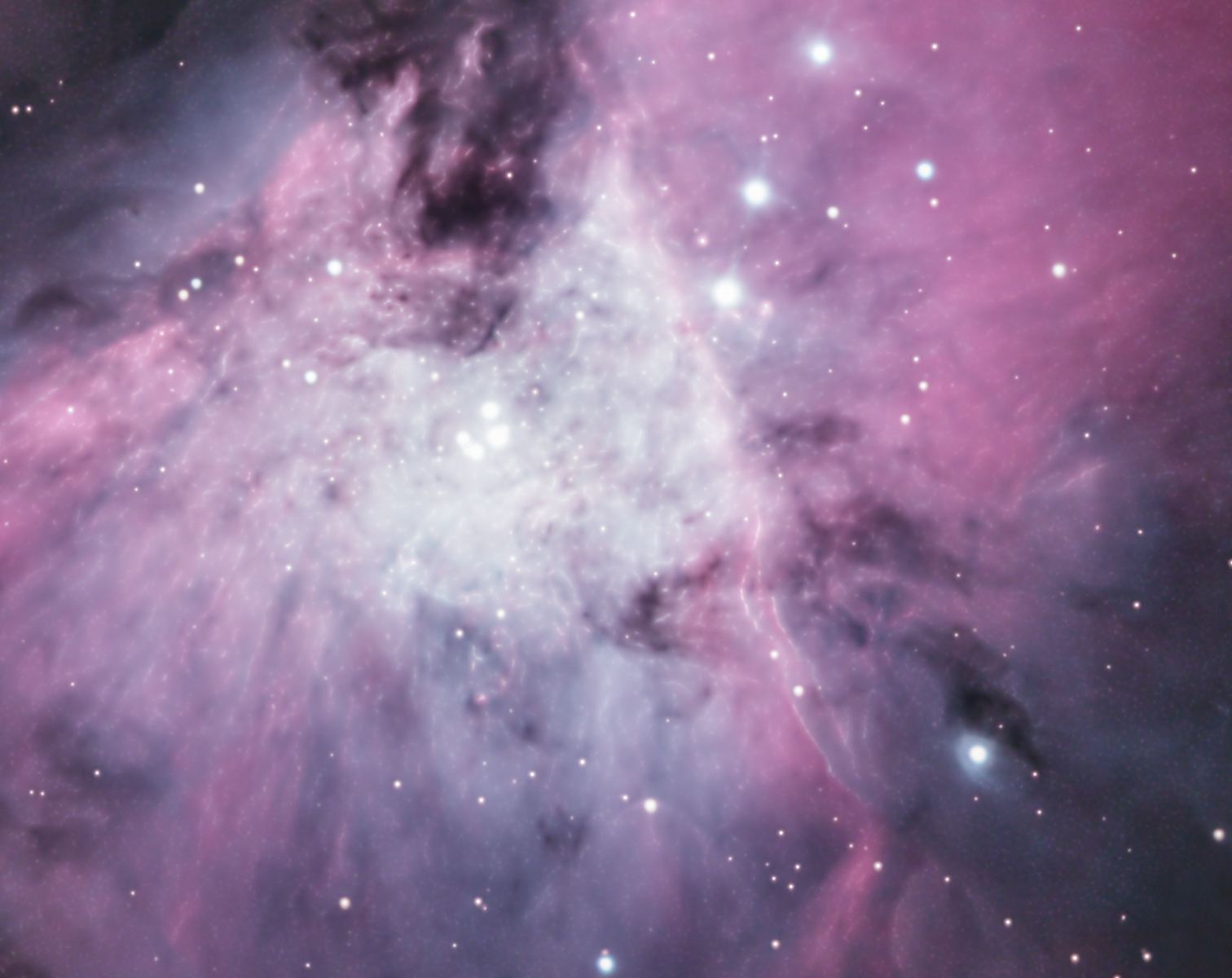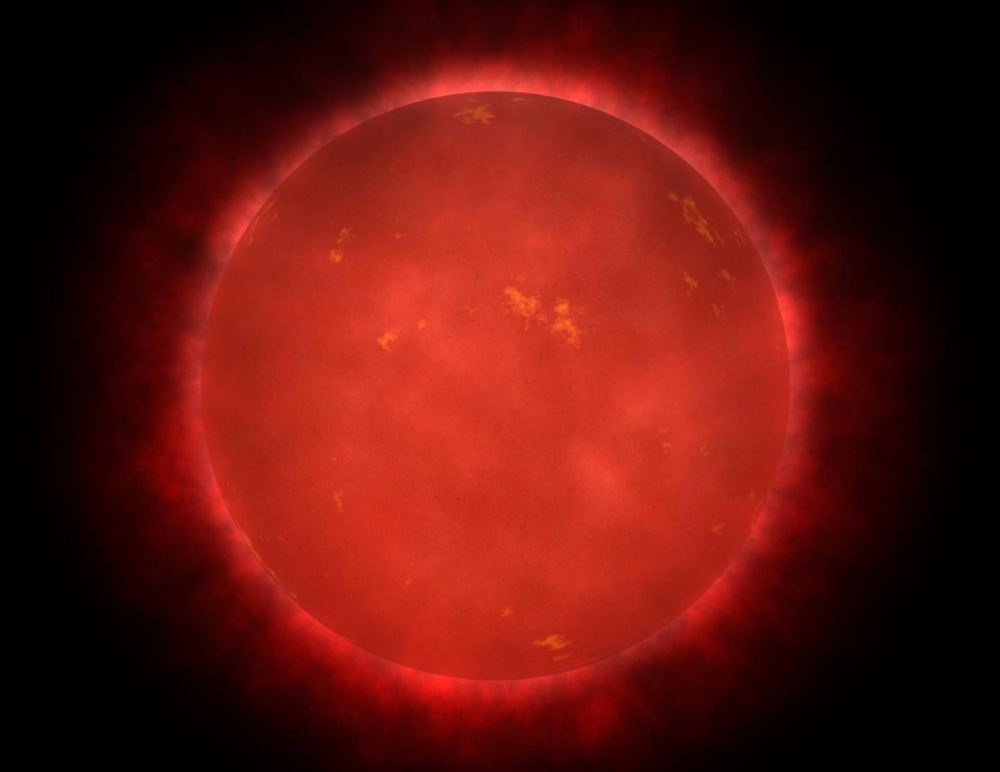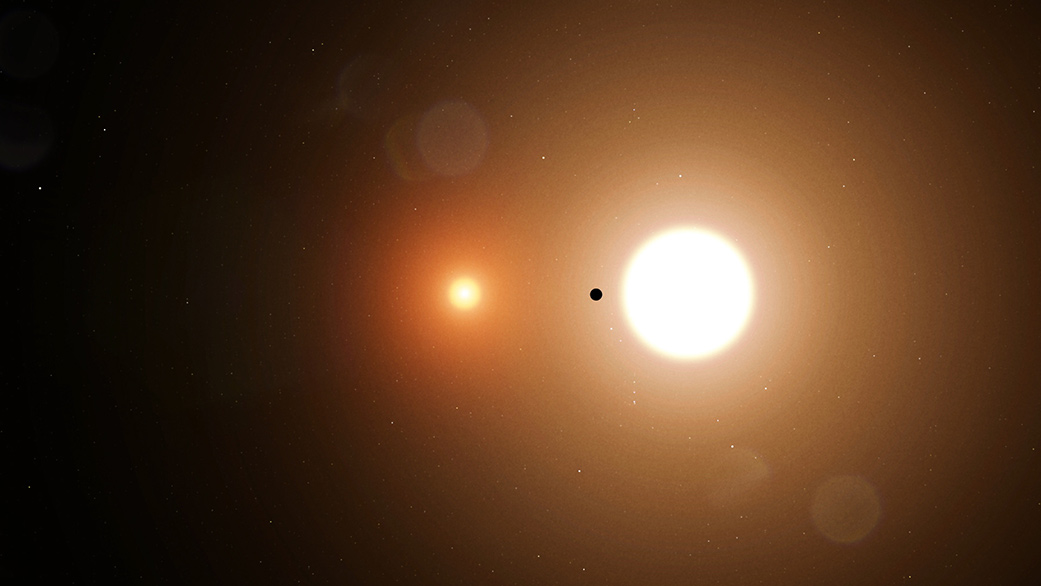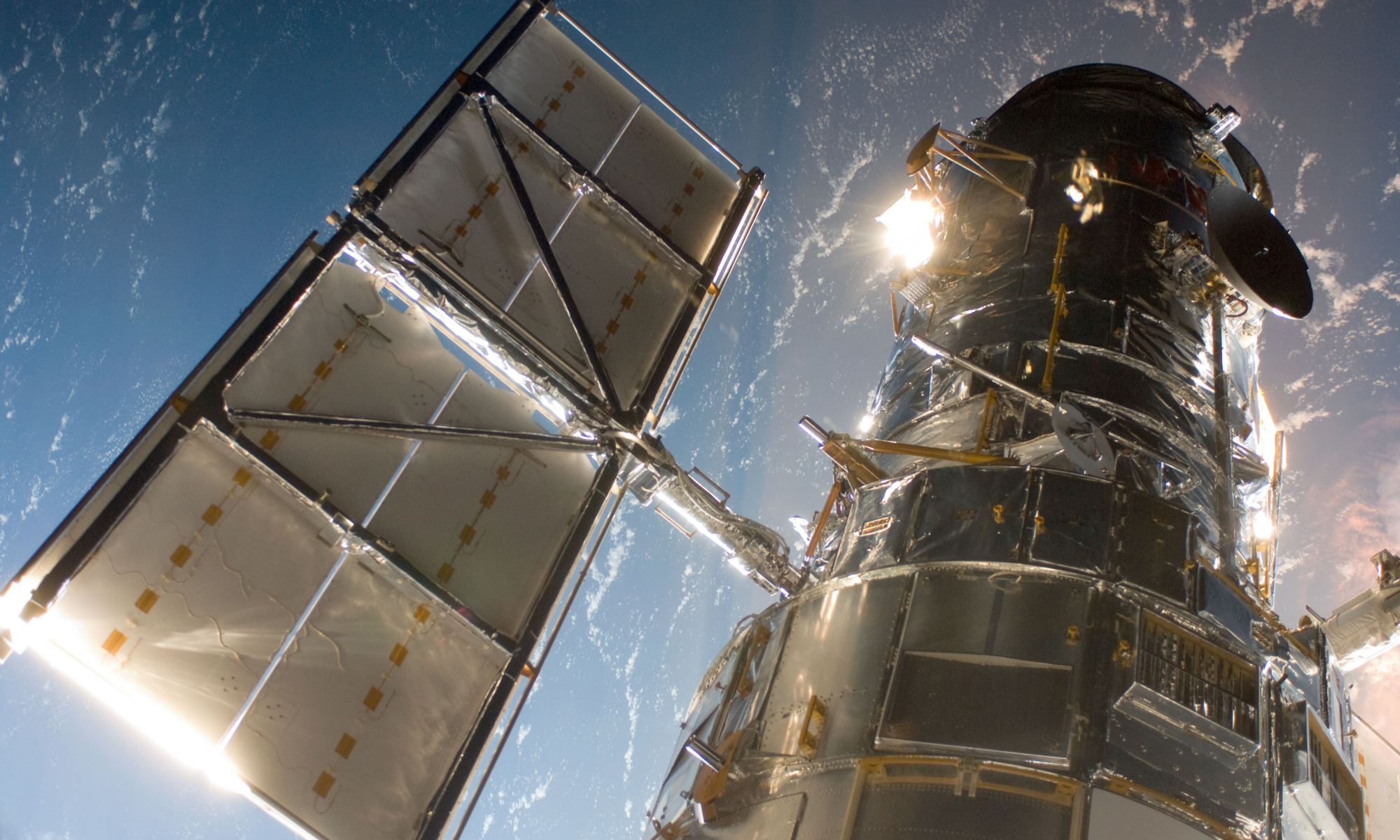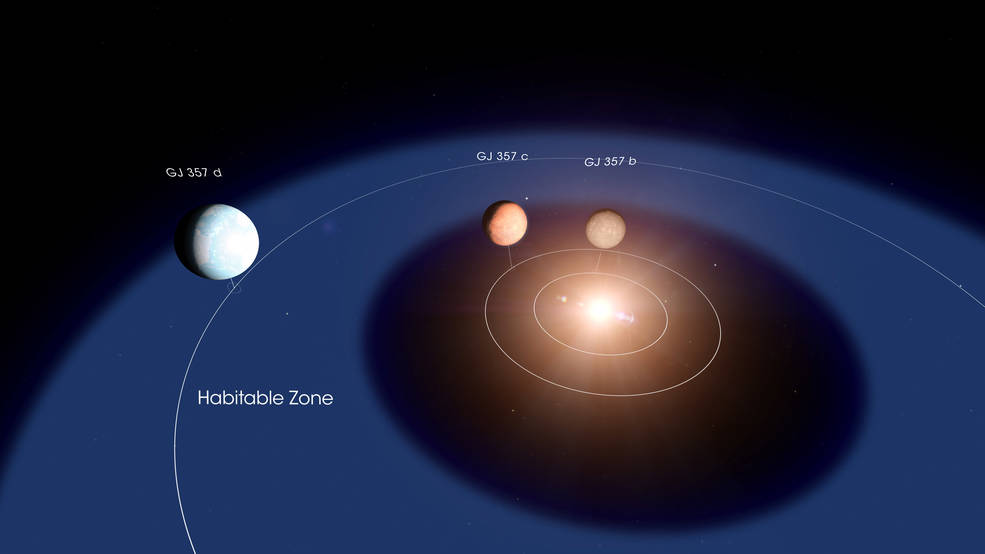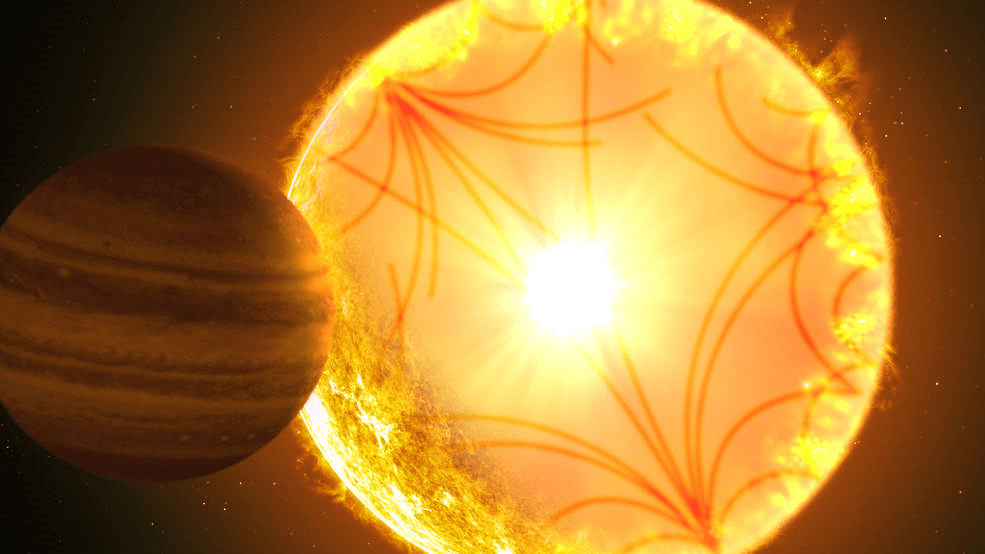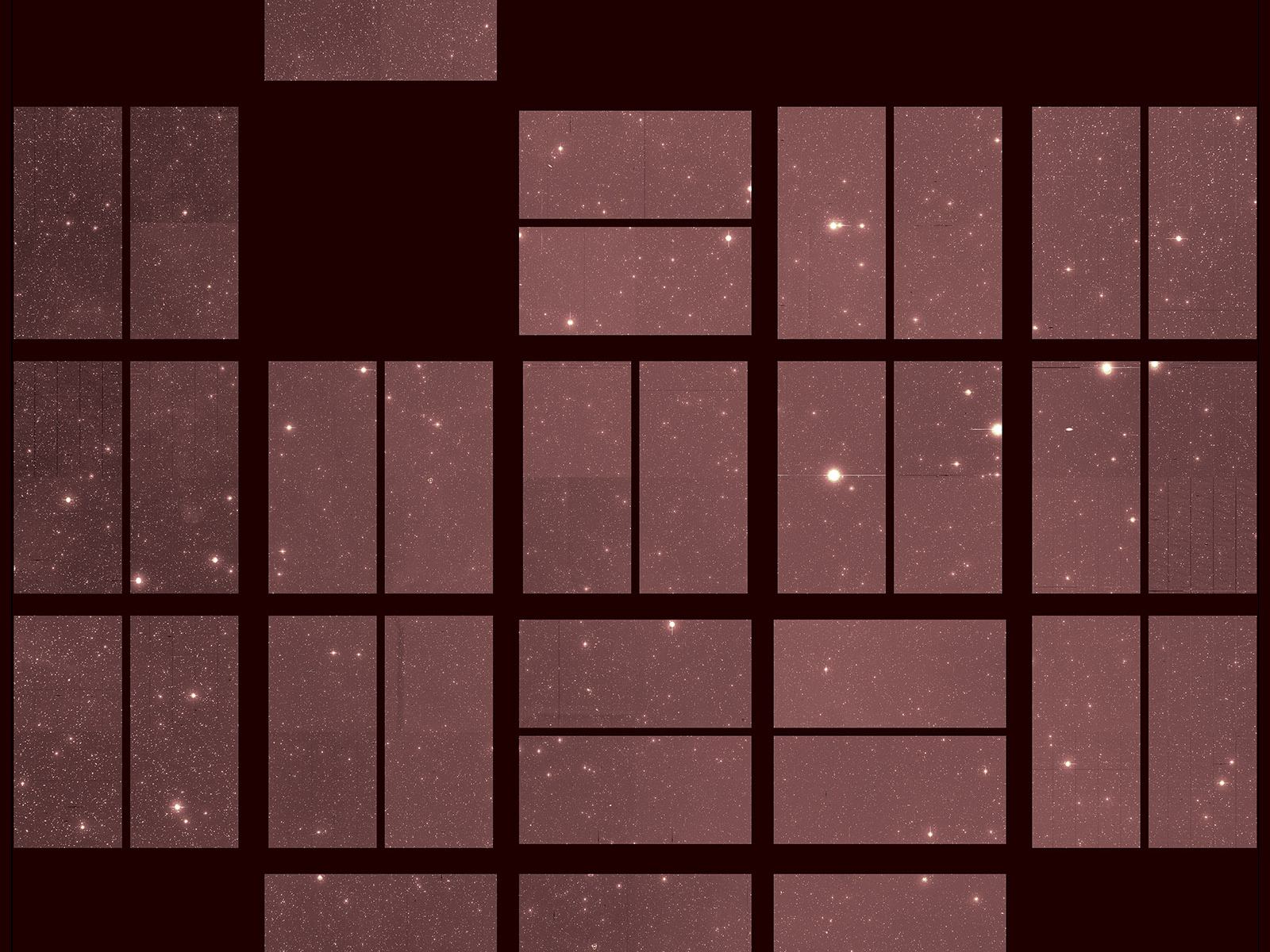Strange New Worlds
Imagine if a star could tell you it had planets. That would be really helpful because finding planets orbiting distant stars – exoplanets – is hard. We found Neptune, the most distant planet in our own solar system, in 1846. But we didn’t have direct evidence of a planet around ANOTHER star until….1995.…149 years later. Think about that. Any science fiction you watched or read that was written before 1995 which depicted travel to exoplanets assumed that other planets even existed. Star Trek: The Next Generation aired its last season in 1994. We didn’t even know if Vulcan was out there. (Now we do!…sortof)


